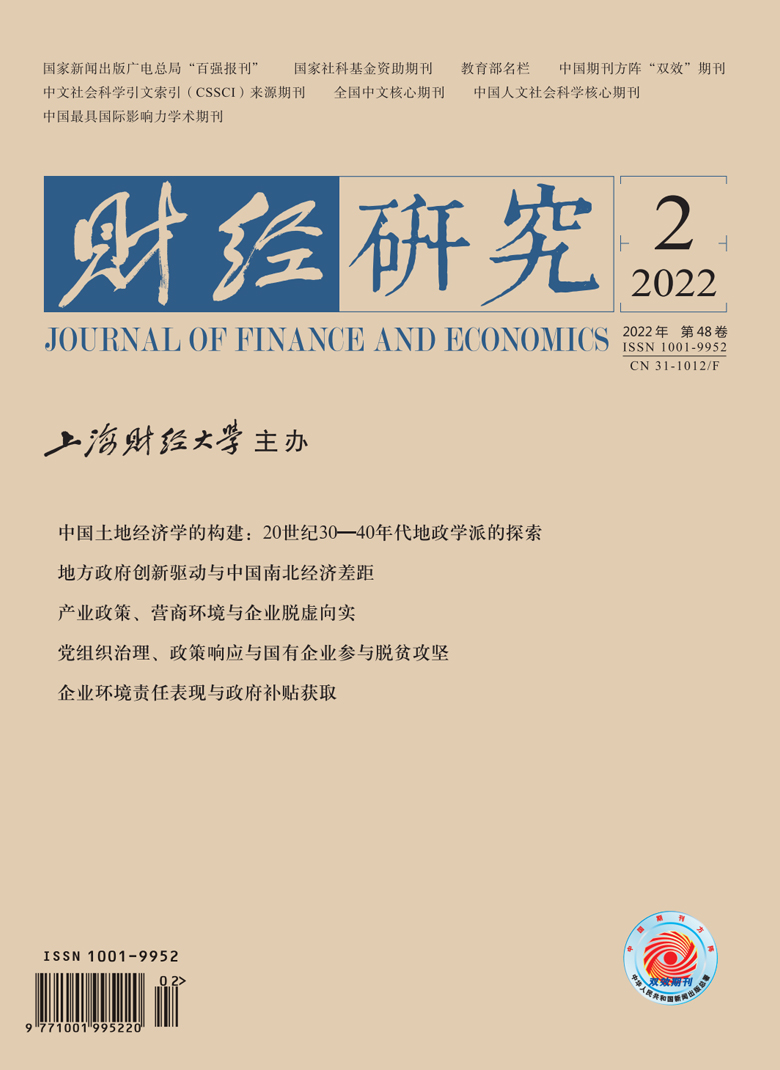In 2021, the No. 1 document of the central government takes “promoting rural revitalization in an all-round way” as the focus of rural work in the future, and proposes “deepening and expanding consumption assistance”. At present, under the new development pattern, increasing farmers’ income and enhancing consumption are not only related to consolidating the results of poverty alleviation and the effective connection of rural revitalization, but also related to the formation of a strong domestic market with the help of consumer demand to drive supply, and to give full play to the basis of consumption in the new dual-circulation development pattern. Sexuality and leading role are the core propositions of the “14th Five-Year Plan” period.
Based on China’s provincial panel data from 2000 to 2014, this article uses a synthetic control method to evaluate the impact of counterpart assistance on the living consumption level of local farmers. The study finds that counterpart assistance has significantly promoted the per capita total living consumption expenditure of rural households in aided areas, and the net treatment effect of the policy is about 21%-24%. The results remain consistent under multiple robustness tests. This article combines the counterpart support system and policy practice to carry out mechanism identification and theoretical explanation. Furthermore, it uses the rural household Engel’s Coefficient, a relative poverty indicator, to verify the above results. The test results show that counterpart assistance has increased the income level of farmers, and the decrease in the Engel’s Coefficient of farmers is not at the expense of the decline in food consumption expenditure.
The contributions of this article are as follows: First, this article provides direct empirical evidence for the important role of counterpart support in the process of poverty alleviation. The research has reference value for China’s poverty alleviation strategy transformation and rural revitalization in the relative poverty stage after 2020. Second, compared with similar studies, this article pays more attention to the impact of policies on micro-poor households, and is more conducive to investigating the effectiveness of policies. Moreover, this article enriches and expands the academic achievements in the field of policy evaluation of China’s poverty reduction practices from the new perspective of inter-provincial horizontal transfer payments.





 4019
4019  3403
3403

